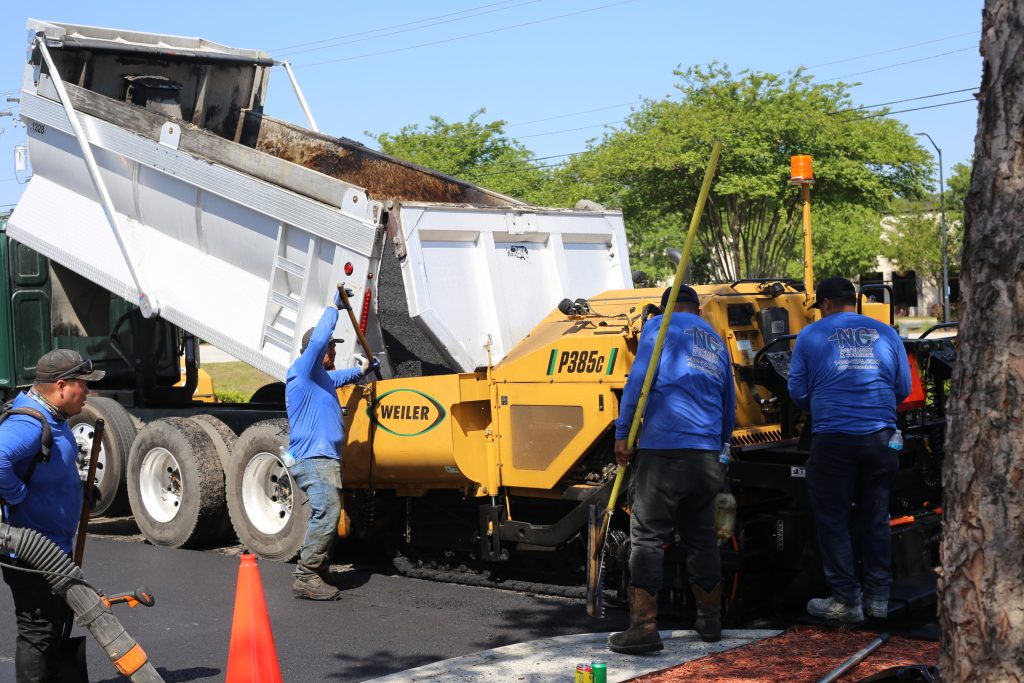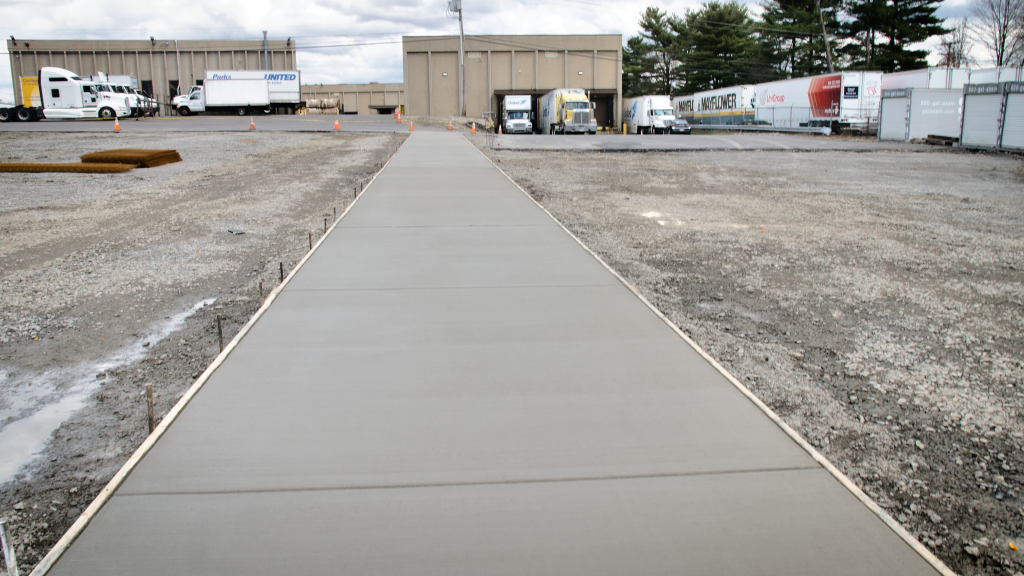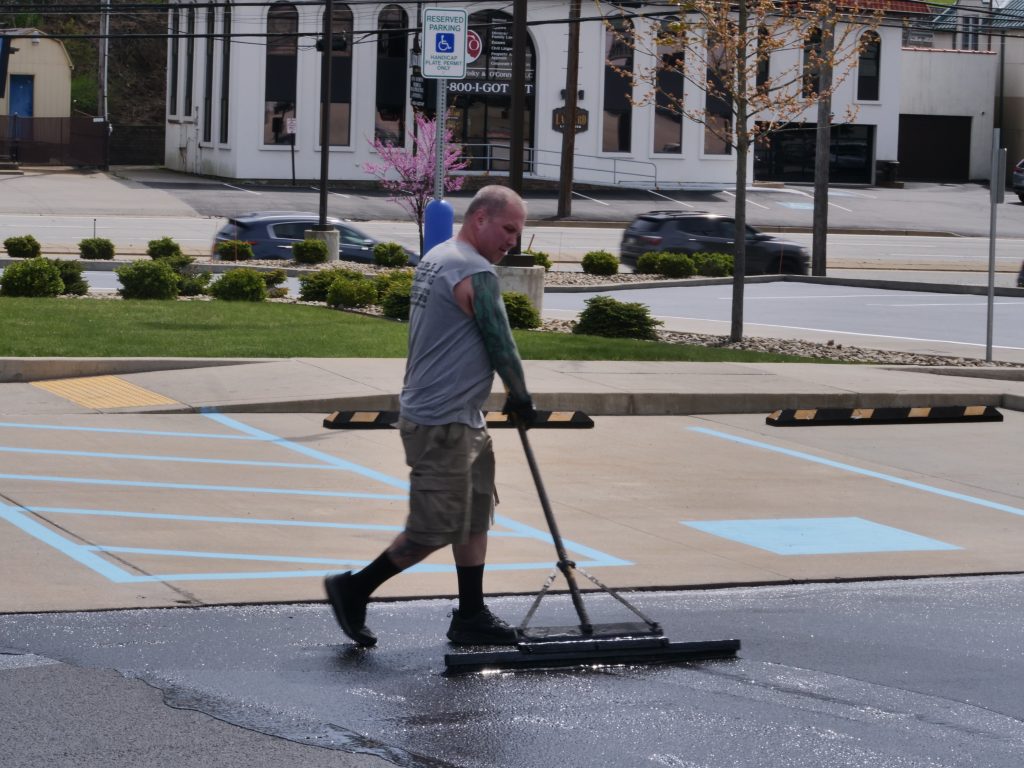Good pavement supports safe movement and steady business flow. Many property owners ignore it until cracks spread. Routine inspection schedules for commercial pavement help avoid sudden failure. They also support smooth traffic and lower costs throughout the year.
Well-planned pavement care reduces stress. It gives owners a clear path to protect surfaces. A good schedule also helps teams find problems before they grow. Small issues cost less when handled early.
Below, you will learn how simple inspection habits protect commercial pavement. You will also see how consistent planning saves money, energy, and time.
Why Routine Inspections Matter
Routine pavement checks help spot wear early. Cracks and dips spread fast when not handled. Inspections also protect people from uneven surfaces. Good pavement looks better and builds trust with customers.
These checks help stretch your pavement’s life. They also protect your investment from sudden repair bills. Routine care gives you peace of mind through each season.
How Often Should You Inspect Pavement?
Most commercial areas need checks at least twice each year. Busy properties may need four inspections. The weather also affects timing. Heavy rain, heat, or snow can speed up damage. A schedule keeps teams on track. It also helps create clear repair plans.
For expert pavement inspections and maintenance, The Pavement Group can help you create a steady routine, ensuring no season surprises you.
What to Look For During Each Inspection
Look for cracks of any size. Watch for dips or signs of sinking pavement. Check the edges for raveling or loose materials. Study the drainage paths and note any slow water movement. Paint lines need attention, too. Faded paint sends mixed signals to drivers.
For a professional assessment of your pavement’s condition, The Pavement Group can provide a detailed inspection report and recommend necessary repairs. Markings support safety, so they should stay bright and clear.
Common Problems Found in Commercial Pavement
Cracks appear first in many areas. Water then enters and makes the problem bigger. Potholes often form when cracks stay open too long. Poor drainage can damage the base under the asphalt.
The Pavement Group offers crack sealing and repair services to prevent further damage and costly repairs down the road.
Creating a Smart Inspection Schedule
Your schedule should fit your property size. It should also match your climate and foot traffic. Start with seasonal checks. Add extra reviews after storms or high-use periods. Write each step in simple terms. List who handles each task. Clear notes help your team stay consistent.
The Pavement Group can develop a comprehensive pavement management plan for you, complete with clear task assignments and schedules to ensure consistent maintenance and prevent costly repairs.
Seasonal Tips for Better Pavement Care
Spring checks reveal winter damage. Snow and ice can break the surface. Summer heat creates soft spots that need watching. Fall may bring heavy leaves and blocked drains.
The Pavement Group offers comprehensive seasonal pavement assessments to identify and address weather-related damage, preventing further deterioration and ensuring long-term durability.
How Routine Inspections Save Money
Early treatment stops small issues from growing. Quick crack sealing costs far less than full repairs. Routine checks reduce stress on owners. You also avoid sudden emergency expenses.
A good schedule stretches the lifespan of your pavement. It protects your long-term investment. That means more savings year after year.
Conclusion
Routine inspection schedules give property owners strong control. They protect commercial pavement from heavy wear. Regular checks catch problems early and help avoid big repairs. Simple habits lead to safer grounds and steady budgets.
If you want smooth surfaces and fewer surprises, start a clear inspection schedule now. Small steps today prevent big trouble tomorrow.
Don’t Let Pavement Problems Stress You Out
Need a friendly team that treats your pavement like their own? Call The Pavement Group today. We deliver care that keeps surfaces strong, clean, and ready for tomorrow. Your property deserves a team that understands real pavement problems. Let us guide your next step with skill and calm confidence.
Frequently Asked Questions
1. What is a routine pavement inspection schedule?
A routine pavement inspection schedule is a planned set of checks throughout the year. It tracks surface wear and growing damage. These checks help prevent bigger issues. The schedule keeps repairs simple and predictable.
2. How often should commercial pavement be inspected?
Most commercial pavements need inspections twice each year. Some high-traffic areas may need more checks. The weather also affects how often you inspect. Frequent reviews reduce large repair risks.
3. What signs show pavement damage early?
Early damage includes small cracks on the surface. Faded paint lines also show early wear. Dips or soft spots can signal deeper problems. Drainage issues also reveal rising pavement stress.
4. Why is routine pavement inspection important?
Routine inspections catch small problems before they grow. They help keep properties safe for drivers and walkers. These checks protect the pavement foundation. Routine care saves long-term repair money.
5. What tools help during pavement inspections?
Simple tools like a measuring tape help track crack size. A flashlight helps spot trouble in shaded areas. Clipboards support note-taking during reviews. Photos also help document any damage clearly.
6. What causes most pavement problems in commercial spaces?
Water is the main source of pavement trouble. Heavy traffic also speeds surface wear. Harsh weather can weaken the pavement layers. Poor drainage leads to base damage.
7. How do seasons affect pavement health?
Winter can freeze water inside cracks. Summer heat softens the pavement surface. Rain in the spring weakens loose areas. Fall leaves can block proper water flow.
8. Can small cracks harm commercial pavement long-term?
Small cracks allow water to enter the pavement. Water expands the damage over time. These cracks spread through each season. Fixing small cracks prevents costly future repairs.
9. How do drainage issues impact pavement life?
Poor drainage lets water sit on the pavement. Standing water weakens the surface. It also seeps into deeper layers. Good drainage supports long pavement life.
10. When should property owners schedule extra inspections?
Extra checks are needed after harsh storms. Heavy traffic events also justify added reviews. Sudden surface changes need quick inspection. Extra visits protect the pavement foundation.


